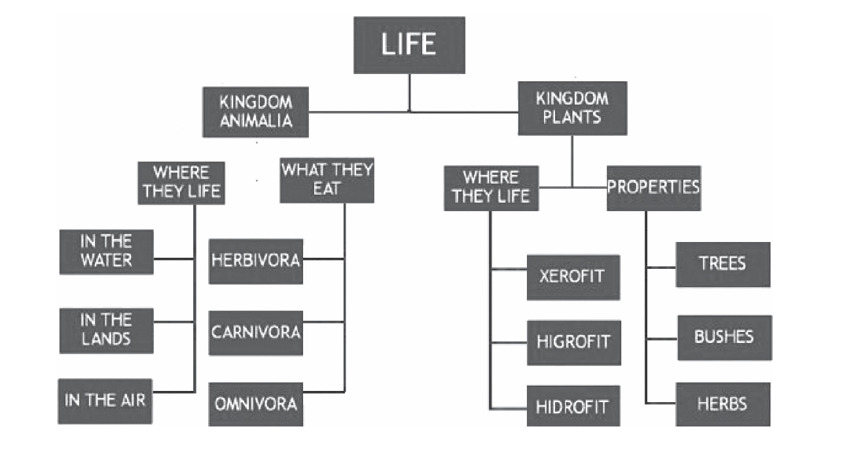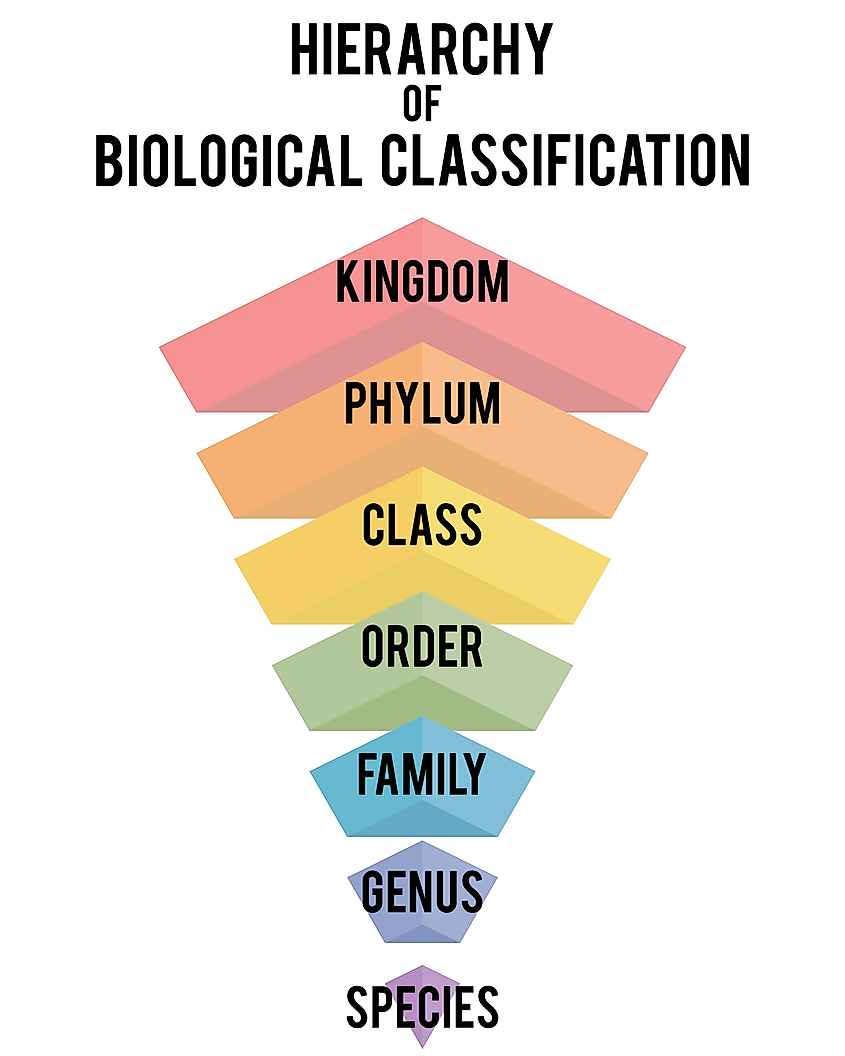CBSE Class 11 Biology Chapter 2 Revision Notes Part 1
Chapter 2: Biological Classification Revision Notes Part 1
Biological classification is a scientific process through which all living organisms are classified into groups or categories. They are put together based on certain common characteristics and lifestyles. Classification makes the studying of organisms easier as some properties are often common among a group.
What is biological classification?
It is a procedure of arranging organisms in groups and sub-groups according to features, similarities, and disparities. The groups are created as per a series of hierarchies arranged by scientists after careful research. Biological taxonomy is the science of biological classification.
Basis of biological classification
Aristotle, a Greek philosopher known to be the father of biological classification, created grouping in the animal kingdom. At first, the animals were mainly divided into groups based on where they were found, e.g., air, land, and water. As time passed, more biologists came into the field and started classifying based on characteristics that each organism reflects. But this classification was not fair enough for grouping because it gave rise to confusion. It was because most organisms did not showcase singular characteristics all the time.
Later on, in the mid-1700s, a botanist named Carolus Linnaeus started classifying organisms based on their reproductive organs and physical traits. This type of classification was more useful. Later on, his two-part binomial taxonomy system coincided with the research of Charles Darwin, who created the first pillar of modern taxonomy.
In the 1960s, an American biologist named Robert Whittaker developed a classification procedure based on five kingdoms which are Animalia, Monera, Protista, Plantae, and Fungi. Robert Whittaker’s work was recognized worldwide and played an important role in biological classification as we know it today.
In today’s world, the characteristics which are applied for the classification are:
- Based on cell: Prokaryotic cell or Eukaryotic cell
- Number of cells: Unicellular or Multicellular
- Level of association and development of organs
- Autotrophs or heterotrophs
Difference between:
-
Prokaryotic cells and Eukaryotic cells – Prokaryotic cells are generally smaller in size as compared to the eukaryotic cell. The Membrane-bound organelles are not present in a prokaryotic cell, while they are present in eukaryotic cells. The prokaryotic cell contains a single chromosome, and the eukaryotic cell contains more than one chromosome. The nuclear region of a prokaryotic cell is called a nucleoid, and it is not very well defined. The nuclear region of the eukaryotic cell is called the nucleus, and it is very well defined.
-
Unicellular and Multicellular – Unicellular is made up of a single cell, and multicellular comprises many cells. Unicellular have a short lifespan as compared to multicellular. Unicellular organisms can not be seen with the naked eye, while most multicellular organisms can be seen with the naked eye. Unicellular have an asexual reproduction system, and multicellular have sexual reproduction system.
-
Autotrophs and Heterotrophs – Autotrophs create their food from inorganic matter, while heterotrophs depend on others for food material. Autotrophs contain photosynthetic pigments for taking sunlight, and heterotrophs do not contain any photosynthetic pigments. Autotrophs convert light energy into chemical energy, and heterotrophs digest and absorb food, assimilate it into tissue and use it to obtain energy.
Need for classification
- To study the wide variety of living organisms present on earth
- All living organisms are not found in a single place
- Classification helps us to know the relations, features, similarities, and disparities between the living organism
- To know about the changing relationship between the living organism of one group
Ranks to classify an organism
- Domain
- Kingdom
- Phylum
- Class
- Order
- Genus
- Species
- Family


